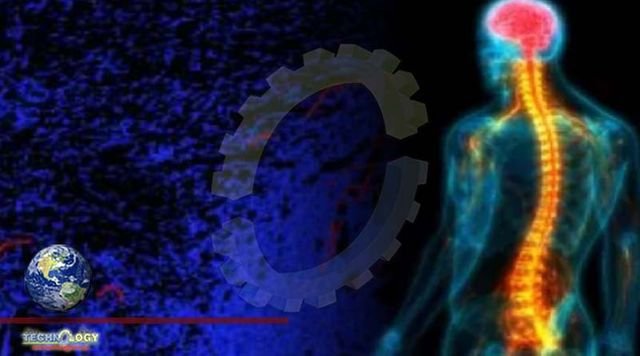Scientists have demonstrated that a brain-penetrating candidate drug currently in development as a cancer therapy can promote regeneration of damaged nerves after spinal trauma.

The research used cell and animal models to show that when taken orally the candidate Cancer Drug , known as AZD1390, can block the response to DNA damage in nerve cells and facilitate regeneration of damaged nerves, and therefore restoring sensory and motor function after spinal injury. The study by the University of Birmingham was published on July 12, 2022, in the journal Clinical and Translational Medicine. The announcement comes just weeks after the same team of researchers demonstrated that a different investigational Cancer Drug (AZD1236) can reduce damage after spinal cord injury, by blocking the inflammatory response. Both studies were supported by AstraZeneca’s Open Innovations Program, which shares compounds, tools, technologies, and expertise with the scientific community to advance drug discovery and development.
AstraZeneca is also looking at AZD1390’s ability to inhibit ATM-dependent signaling and repair of DNA double-strand breaks (DSBs), a process that makes cancer cells more susceptible to radiation therapy. DNA damage, such as DSBs in the genome, which happen in a number of common cancers and also after spinal cord injury, triggers the DNA Damage Response system (DDR). Persistent activation of this system may prevent recovery from spinal cord injury, and blocking it could promote nerve repair and restore function after injury, hypothesized Professor Zubair Ahmed, from the University’s Institute of Inflammation and Ageing and Dr. Richard Tuxworth from the Institute of Cancer and Genomic Sciences.
Their initial investigation found that AZD1390 stimulated nerve cell growth in culture, and inhibited the ATM protein kinase pathway a critical biochemical pathway regulating the response to DNA damage. The scientists then used animal models to investigate the effect of AZD1390 following spinal cord injury. Here they showed that oral treatment with AZD1390 resulted in significant suppression of the ATM protein kinase pathway, nerve regeneration beyond the site of injury, and the ability of these nerves to carry electrical signals across the site of the injury. Professor Ahmed said: “This is an exciting time in spinal cord injury research with several different investigational drugs being identified as potential therapies for spinal cord injury. We are particularly excited about AZD1390 which can be taken orally and reaches the site of injury in sufficient quantities to promote nerve regeneration and restore lost function
Source: This news is originally published by scitechdaily